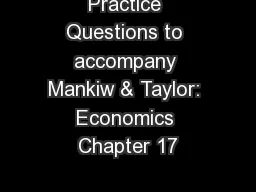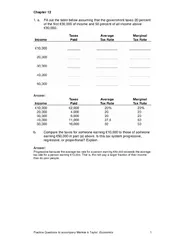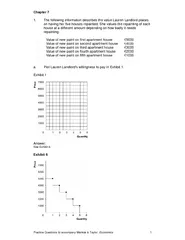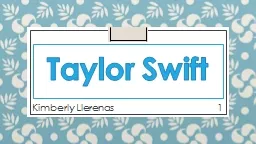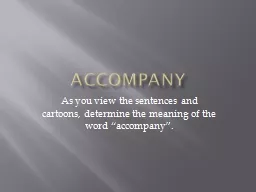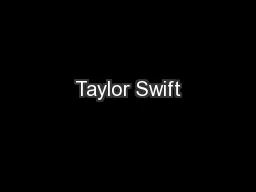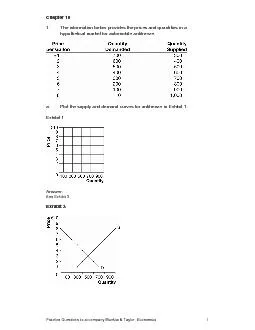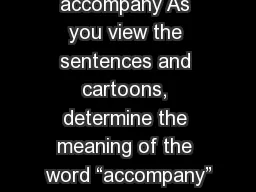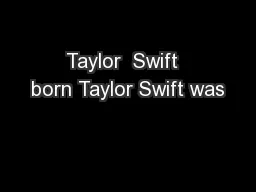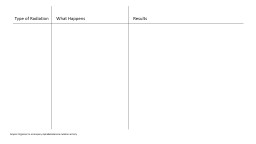PDF-Practice Questions to accompany Mankiw & Taylor: Economics Chapter 17
Author : tatiana-dople | Published Date : 2016-05-30
Practice Questions to accompany Mankiw Taylor Economics 2 Suppose that there are many restaurants in the city and that each has a somewhat different menu a In Exhibit
Presentation Embed Code
Download Presentation
Download Presentation The PPT/PDF document "Practice Questions to accompany Mankiw &..." is the property of its rightful owner. Permission is granted to download and print the materials on this website for personal, non-commercial use only, and to display it on your personal computer provided you do not modify the materials and that you retain all copyright notices contained in the materials. By downloading content from our website, you accept the terms of this agreement.
Practice Questions to accompany Mankiw & Taylor: Economics Chapter 17: Transcript
Download Rules Of Document
"Practice Questions to accompany Mankiw & Taylor: Economics Chapter 17"The content belongs to its owner. You may download and print it for personal use, without modification, and keep all copyright notices. By downloading, you agree to these terms.
Related Documents

